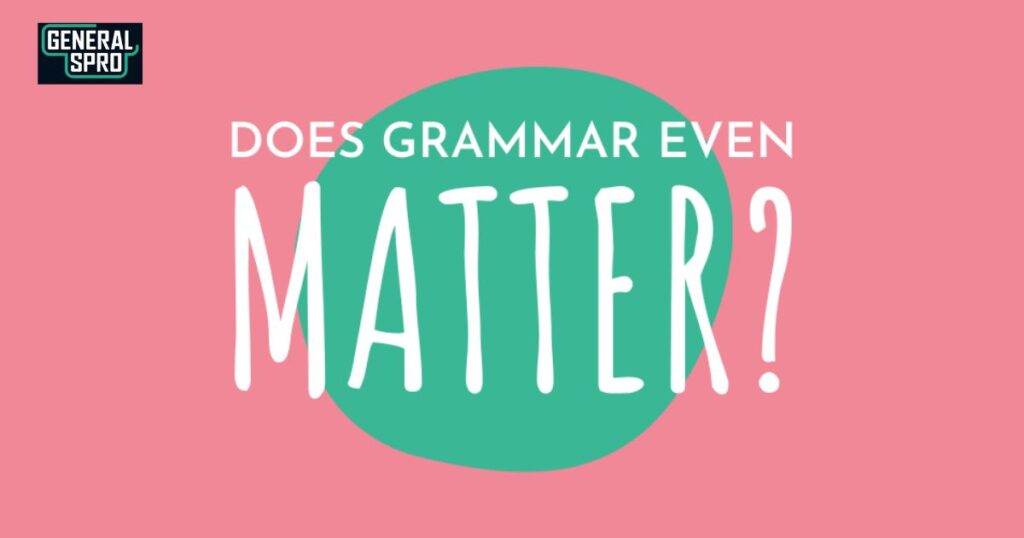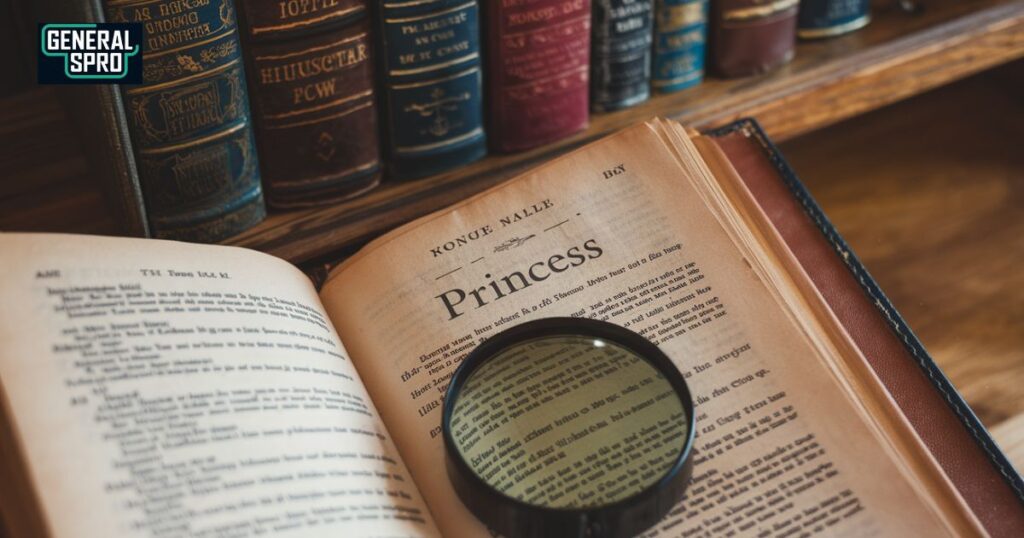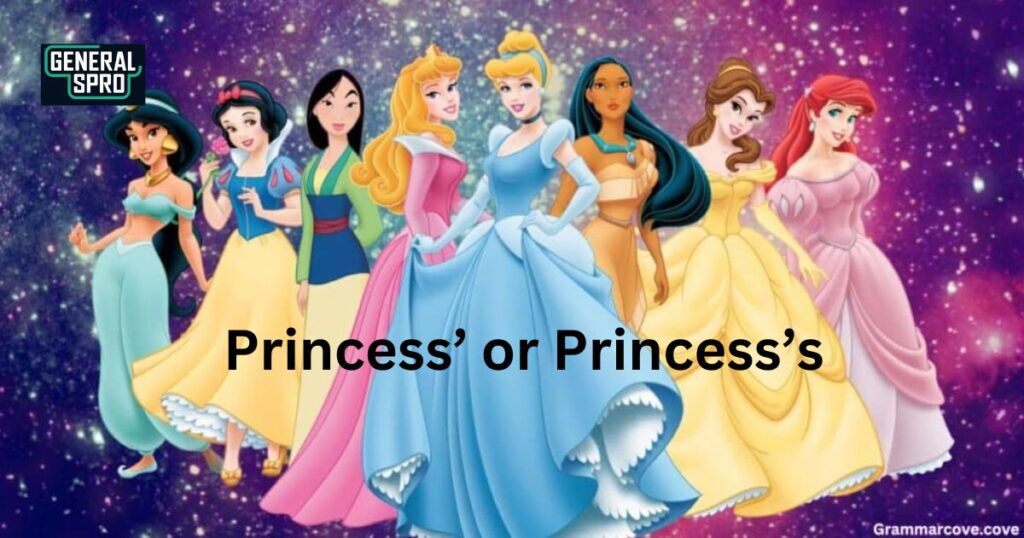When writing about royalty, grammar matters; one standard stumbling block that accompanies even seasoned writers is deciding between “princess'” and “princess’s” when showing possession.
Let’s dive into this fascinating aspect of English grammar and unravel the mystery once and for all.
What Are Singular and Plural Forms?
The word “princess” refers to a female member of a royal family or the female ruler of a principality.
There’s no confusion in its basic singular form – it’s simply “princess.” You’ll encounter this form in countless fairy tales, news articles about modern royalty, and historical documents.
For instance, when referring to Princess Diana, we would write: “The princess captured hearts worldwide with her humanitarian work.”
Plural Form
When discussing multiple royal ladies, we use the plural “princesses.” The formation follows standard English rules for words ending in -s, -sh, -ch, -x, or -z, where we add -es to create the plural. This applies whether we’re discussing fictional characters like Disney princesses or actual royal family members: “The princesses of Europe gathered for the annual royal summit.”
Understanding Possessive Forms

Here’s where things get interesting. When showing that something belongs to one princess, American English style guides prefer adding ‘s, making it “princess.” However, some style guides accept “princesses” and “princesses'” as the correct forms.
The Chicago Manual of Style, widely used in American publishing, recommends “princesses” to match how we pronounce the word – with an extra /əz/ sound at the end.
Plural Possessive Form
The plural possessive form is more straightforward. When showing ownership by multiple princesses, we add an apostrophe after the plural -es ending, resulting in “princesses’.”
This rule remains consistent across all central style guides and is universally accepted in American and British English.
Common Confusion: Princess or Princesses?
The choice between “princess'” and “princess’s” often reflects a broader debate about possessive forms for singular nouns ending in s in English grammar. Here’s a helpful table to clarify the usage:
Form Example Usage Context
Princess’s The princess’s crown is Preferred in American English
princess’ The princess’ crown Acceptable alternative
princesses’ The princesses’ crowns Only correct plural possessive
Examples of Possessive Forms in Context
Consider these practical examples that demonstrate correct usage:
- “The princess’s official schedule included three public appearances.”
- “We were invited to the princess’s garden party.”
- “The media covered the princess’s charity initiatives extensively.”
Plural Possessive in a Scenario
For multiple princesses showing possession:
- “The princesses’ shared commitment to environmental causes inspired a new generation.”
- “The princesses’ annual gathering drew international attention.”
- “The princesses’ charitable foundation announced its latest initiative.”
Quick Reference: Singular vs. Plural Possessive
Creating clear distinctions helps writers avoid common mistakes:
- Singular non-possessive: princess
- Singular possessive: princess’s (preferred) or princess’ (acceptable)
- Plural non-possessive: princesses
- Plural possessive: princesses’
Why Correct Grammar Matters

Correct grammar marks, attention to detail, and credibility in professional writing. Whether you’re writing a news article, academic paper, or business correspondence, proper use of possessive forms demonstrates linguistic competence and respect for established conventions.
This attention to detail becomes particularly important when writing about royal figures, where formality and precision are expected.
Historical Evolution of Possessive Forms
The use of apostrophes to show possession has evolved significantly since Old English. Initially, possession was shown through case endings rather than apostrophes.
The modern possessive form emerged during Middle English, becoming standardised in the 18th century. This historical context helps explain why we sometimes see variation in possessive forms today.
Regional Variations in Possessive Usage
Different English-speaking regions handle possessive forms differently. While American English is strongly prefprincessprefersprincessessess’sish princesses ” traditionally shows more flexibility, often accepting, Australian and Canadian English tend to follow British conventions with increasing American influence in recent decades.
Style Guide Comparisons for Possessive Forms
Central style guides offer slightly different guidance on possessive forms. The Chicago Manual of Style advocates,” while the Associated Press Stylebook allows more flexibility. Here’s how different guides approach the issue:
- Chicago Manual: Always use ‘s for singular possession
- AP Stylebook: Allows both forms but prefers traditional ‘s
- MLA: Recommends except for ancient proper names
- APA: Follows standard rule with few exceptions
Digital Communication and Possessive Forms
In the age of digital communication, possessive forms face new challenges. Character limits on social media platforms sometimes influence writers to choose shorter forms, leading to increased use of “princess'” over “princess’s.”
However, professional digital communication should maintain standard grammatical conventions.
Teaching Possessive Forms in Education
Educators often face challenges when teaching possessive forms. The key is presenting clear rules while acknowledging acceptable variations.
Students typically learn basic possessive forms in elementary school, with more complex cases introduced in middle and high school.
Common Mistakes in International English
Non-native English speakers often struggle with possessive forms, particularly words ending in ‘s’. Common errors include:
- Confusing plural and possessive forms
- Misplacing apostrophes
- Overgeneralizing rules
- Missing silent possessive markers
Legal and Professional Documentation
In legal documents, precision in possessive forms is crucial. Most law firms and courts follow strict style guides that mandate “princess’s” for singular possession. This consistency helps prevent ambiguity in legal interpretation.
The Role of Pronunciation in Possessive Forms
Pronunciation significantly influences possessive form choices. We typically pronounce an extra syllable (/əz/) when forming possessives of words ending in ‘s’, supporting the use of “princess’s” over “princess’.”
Cultural Impact on Grammar Rules
Cultural factors sometimes influence grammar choices. Royal protocols and traditional usage patterns in different societies can affect how possessive forms are handled, particularly in formal or ceremonial contexts.
Modern Media Treatment of Possessives

Contemporary media outlets often develop their style guides for handling possessives. News organizations must balance traditional grammar rules with readability and space constraints, especially in headlines.
The Future of Possessive Forms
Language evolution suggests possible future changes in possessive forms. Some linguists predict further simplifying possessive rules, while others expect traditional forms to persist in formal writing.
Technology and Grammar Checking
Modern grammar-checking tools handle possessive forms with varying degrees of accuracy. While most recognize “princess’s” and “princess'” as acceptable, they may flag one form based on programmed style preferences.
Academic Writing Conventions
Scholarly publications often require possessive forms. Academic style guides typically process” for clarity and consistency with other possessive formations.
International Business Communication
Global business communication requires careful attention to possessive forms. International organizations often establish style guides to ensure consistency across multiple English-speaking regions.
Creative Writing and Artistic License
In creative writing, authors may choose different possessive forms for stylistic effect. While standard rules apply, creative works sometimes bend conventions for specific literary purposes or character voice development.
FAQ’s
Why do some writers use “princess'” while others use “princess’s”?
Both forms are technically correct, though “princess’s” is preferred in American English and most modern style guides. The choice often depends on regional conventions and style guide preferences.
Does the rule change for historical princesses versus fictional ones?
No, the same rules apply regardless of whether you’re writing about a historical figure or a fictional character. Consistency within your document is key.
How do I handle possessive forms in formal documents?
For formal documents, especially in American English, use “princess’s” as it’s considered more standard. Always check your organization’s style guide for specific requirements.
What about other words ending in ‘s’ like “actress” or “duchess”?
The same rules apply to all singular nouns ending in ‘s’. For example: “actress’s performance” or “duchess’s castle” follows the same convention as “princess’s crown.”
Should I use different forms in British versus American English?
British English traditionally shows more flexibility in accepting both forms, while American English strongly prefers “princess’s”. Consider your primary audience when choosing.
How do I handle electronic communications with character limits?
While “princess'” saves a character, professional communications should maintain proper grammar. Princesses” unless space constraints require a shorter form.
What’s the rule for plural princesses showing possession?
This is straightforward: always use “princesses'” for plural possession, as in “the princesses’ shared charity foundation.”
Do different academic style guides have other preferences?
Most major academic style guides (MLA, APA, Chicago) process”, though some allow both forms. Check your required style guide for specific guidance.
Conclusion
Understanding the difference between “princesses’ and” princesses” is more than just a grammar rule – it’s about clear communication and professional writing standards.
While both forms may be acceptable, the trend in American English favours “princesses” for singular possession.
Remember that consistency within a document is key – choose one style and stick with it throughout your writing.








